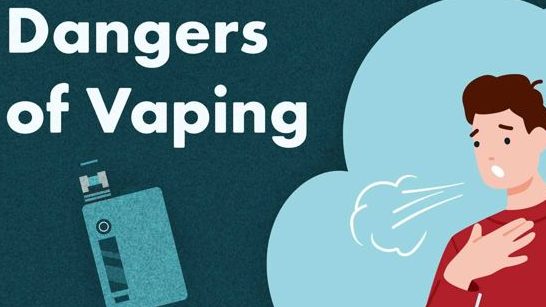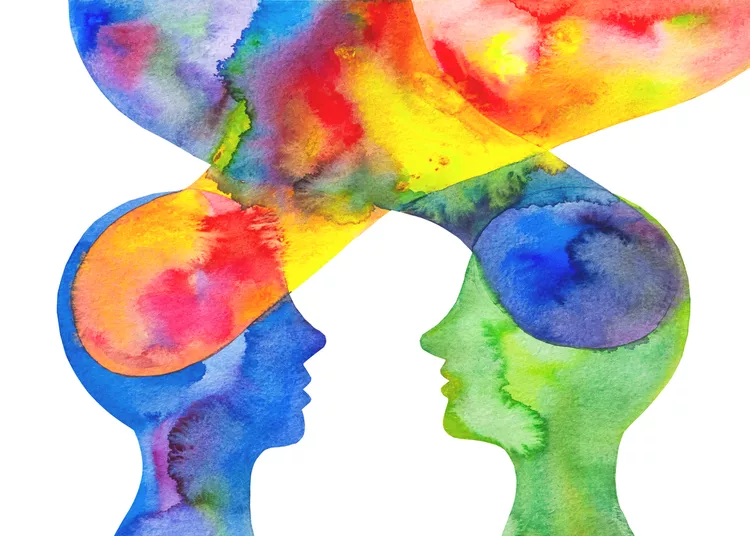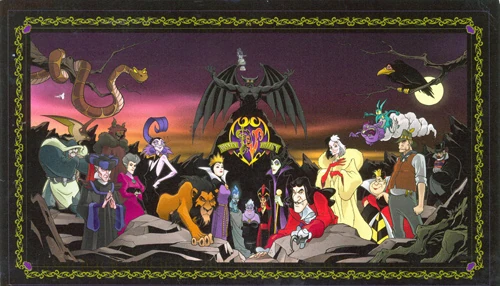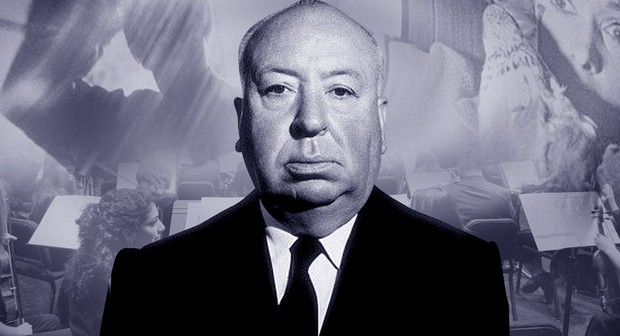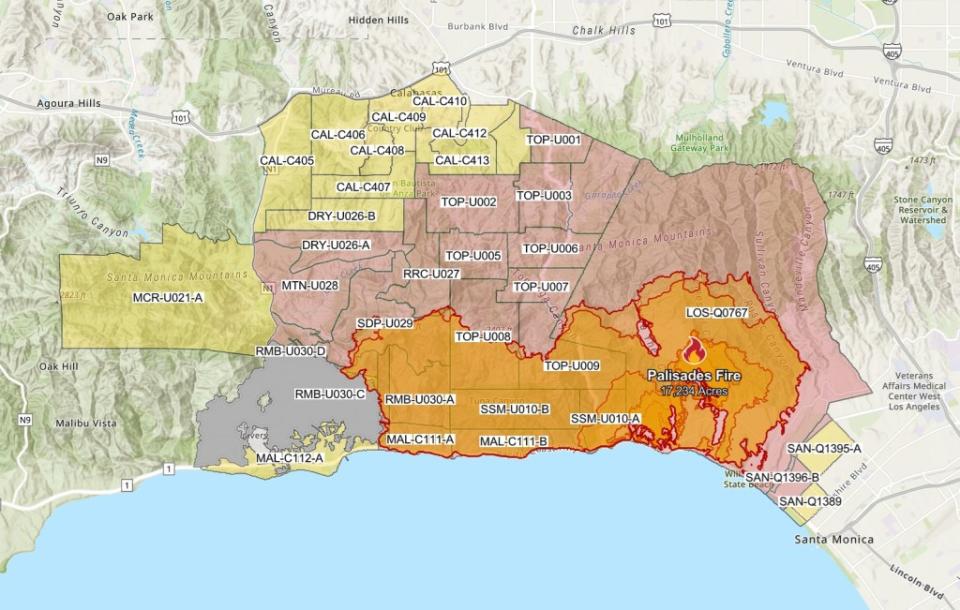ADHD And Its Effects

Courtesy of Jstor Daily
November 1, 2021
ADHD has affected the lives of many people and even more so with the transition of online to in-person school. ADHD stands for Attention Deficit Hyperactivity Disorder, and is usually diagnosed in children. ADHD can differ based on the sex of the person. Boys with ADHD tend to have external symptoms such as hyperactivity and physical aggressiveness, making it easier to diagnose. Girls, however, typically show internalized symptoms such as low self esteem, leading them to have a harder time getting help. Children with ADHD usually show symptoms that include constant fidgeting or motion, interrupting others, difficulty playing quietly, trouble listening, trouble focusing, not being able to finish a task before starting another, and talking too much. Symptoms vary depending on the person, and not all symptoms must be present for a diagnosis to be made. According to Dr. Daniel G Amen, a psychiatrist, neuroscientist and brain imaging expert, there are seven types of ADHD;
- Classic ADHD, which is most like what we think about upon hearing the term ADHD. It focuses more on people who are generally inattentive, easily distracted, disorganized, impulsive, and who are unable to sit still.
- Inattentive ADHD. Inattentive people don’t suffer from hyperactivity but still suffer from being easily distracted, sluggish, slow-moving, and having a lack of motivation. Because this form of ADHD doesn’t show behavioral problems, it’s commonly diagnosed later in life.
- Over-focused ADHD, which presents all the same symptoms of classic ADHD along with difficulty switching attention to new topics, obsessive behavior, frequent worrying, inflexibility, argumentative behavior, and having a habit of becoming stuck in negative thought loops.
- Temporal Lobe ADHD. This type includes symptoms of classic ADHD and also anger issues, dark thoughts, aggression, mood instability, mild paranoia, and memory or learning problems.
- Limbic ADHD combines the symptoms of classic ADHD with chronic sadness, negativity, low self-esteem, low energy, and feelings of worthlessness or hopelessness.
- Ring of Fire ADHD. People with this type have an overactive brain, and present all the symptoms of classic ADHD along with being angry, moody, argumentative, easily distracted, irritable, and highly inflexible. They are also very sensitive to stimuli such as light, noise, and touch.
- Anxious ADHD includes all the classic symptoms of ADHD along with anxiety, tension, excessive worrying, anticipating the worst of every situation, and physical symptoms of stress including headaches, stomachaches, and freezing up in anxiety-inducing situations.
Living with ADHD can be really challenging, especially once students advance to upper grades where teachers and peers expect more of them. It’s important for parents, teachers, and peers to understand this condition so they can work better with students who might be struggling with academic performance, or just in general. One 8th grader said, “Yeah, dealing with ADHD can be really challenging. In my experience, I’ve had a lot of help from my parents and friends to try to help me overcome challenges and I’m really grateful for them!”. Another student says, “For me, the hardest part is keeping track of my time and assignments, and trying to find motivation to do them.” When students feel like they’re struggling with any of these symptoms, they should inform parents or a teacher so that they can get the help that they need. For more information, check out these websites:
https://familypsychnj.com/2019/01/identifying-and-treating-the-seven-types-of-add-adhd/

